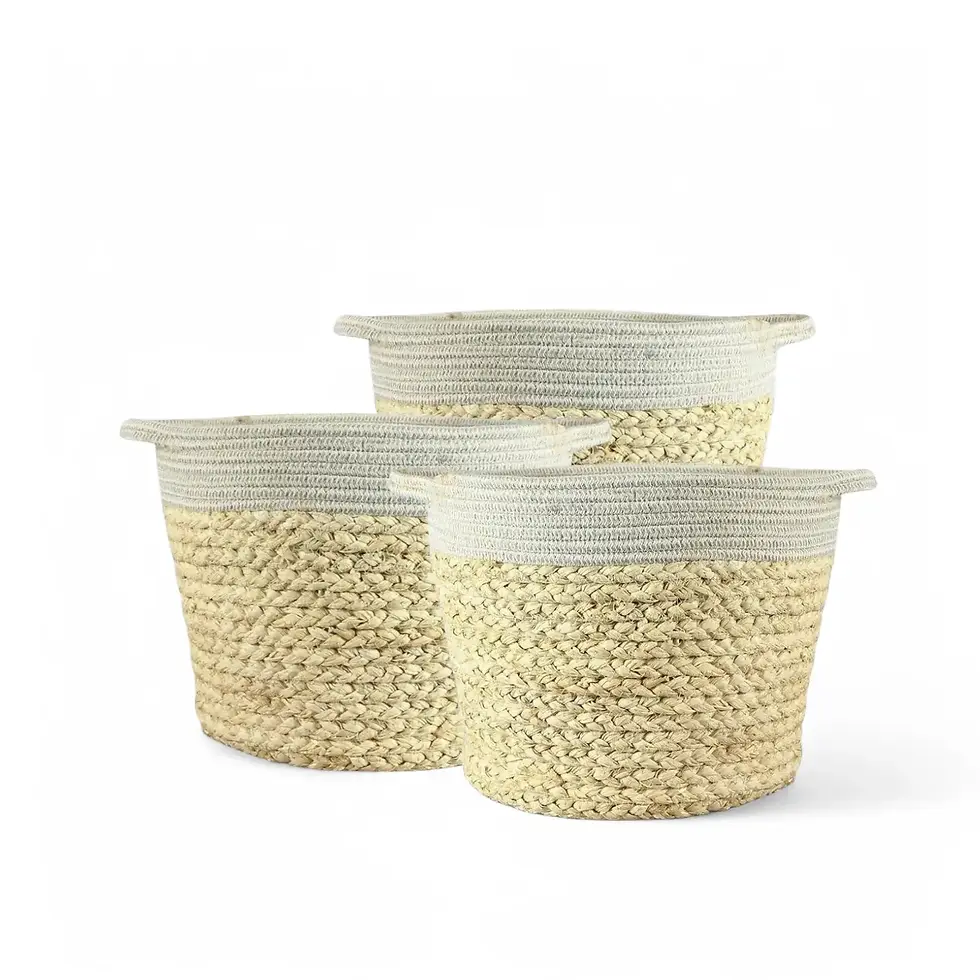Rhaphidophora puberula variegata - Growth and Care Guide
Rhaphidophora puberula variegata is a rare tropical climber with mesmerizing variegated foliage. Each leaf displays a unique marbled mix of deep green and creamy white, adding an exotic touch to any indoor space. As it matures, the leaves develop natural perforations, resembling fenestrated species like Monstera. With its vining growth habit, this plant thrives on moss poles or trellises, creating a lush vertical display. Adaptable and resilient, Rhaphidophora puberula variegata is a must-have for collectors and plant enthusiasts.
Rhaphidophora puberula variegata: Distinctive Features
- Unique Variegation: Each leaf features unpredictable marbling of creamy white and green, ensuring no two plants are alike.
- Fast-Growing Climber: With proper support, this vigorous vining plant produces larger, fenestrated foliage over time.
- Adaptability: Grows well in both climbing and trailing conditions, making it highly versatile.
- Indoor-Friendly: Adjusts to various humidity and lighting conditions, making it an easy-care houseplant.
- Rare and Collectible: Highly sought after for its striking appearance and limited availability.
Essential Information on Rhaphidophora puberula variegata
- Natural Habitat: Native to Southeast Asia, thriving in humid lowland and mid-elevation forests.
- Indoor Growth Potential: Can reach 2-3 meters indoors with proper care and support.
- Growth Rate: Moderate to fast-growing, especially in warm, humid conditions with adequate light.
- Toxicity: Contains calcium oxalate crystals, making it toxic if ingested by pets or humans.
- Lifespan: A long-lived species that can thrive for years with consistent care.
Comprehensive Care Guide
- Light: Prefers bright, indirect light but can tolerate lower levels (slower growth in low light).
- Watering: Allow the top 2-3 cm of soil to dry before watering. Overwatering can cause root rot.
- Humidity: Prefers 50%+ humidity but adapts to normal indoor levels.
- Temperature: Thrives between 18-28°C. Protect from cold drafts and air conditioning.
- Soil: Needs well-draining soil (mix of orchid bark, perlite, coco coir, and coco coir).
- Repotting: Repot every 1-2 years or when root-bound. Use breathable pots with drainage holes.
- Fertilizing: Apply a balanced liquid fertilizer every 4-6 weeks during the growing season.
- Propagation: Easy to propagate via stem cuttings in water, moss, or soil.
- Semi-Hydroponics: Adapts well to semi-hydroponic setups with proper nutrients.
- Support Requirements: Benefits from a moss pole or trellis to encourage upright growth.
Common Issues and Solutions
- Pests: Susceptible to spider mites, mealybugs, and scale. Treat with insecticidal soap , neem oil, or use beneficial insects.
- Root Rot: Ensure proper drainage and allow soil to dry slightly between waterings.
- Yellowing Leaves: Caused by overwatering or nutrient deficiencies—adjust care accordingly.
- Browning Leaf Tips: Due to low humidity or excess fertilizer. Increase humidity and use filtered water.
- Fungal Issues: Improve airflow and avoid overhead watering.
- Stunted Growth: Ensure adequate light, nutrients, and repot if root-bound.
- Leaf Curling: Typically caused by underwatering, low humidity, or excessive direct sunlight.
- Lack of Fenestrations: If mature leaves lack perforations, the plant may require more light and vertical support.
- Drooping Leaves: Often a sign of underwatering or temperature fluctuations.
Additional Insights
- Providing a climbing structure like a moss pole mimics its natural habitat and promotes robust growth.
- Regularly wipe down leaves to improve photosynthesis and prevent dust buildup.
- Understanding its tropical origin helps ensure optimal care and growth.
Etymology
The genus name Rhaphidophora is derived from the Greek word meaning “needle-bearing,” referring to the needle-like calcium oxalate crystals found in the plant’s tissues. The species name puberula denotes the fine, soft hairs present on parts of the plant. This species was first described by Adolf Engler in 1880.
Frequently Asked Questions
- Why are the new leaves on my plant smaller than previous ones? Insufficient light, lack of nutrients, or root-bound conditions—adjust care accordingly.
- Can Rhaphidophora puberula variegata be grown outdoors? In warm, humid climates, it can be grown outdoors in a shaded area. In cooler climates, it should be kept indoors.
Order Rhaphidophora puberula variegata Today!
Bring a rare, exotic touch to your plant collection! Click "Add to Cart" now and enjoy the beauty of Rhaphidophora puberula variegata.
Rhaphidophora puberula variegata
Rhaphidophora puberula variegata comes in following sizes:
Baby Plant – comes in a ⌀ 6 cm pot and is approximately 10 cm tall
M – comes in a ⌀ 12 cm pot and is approximately 20 cm tall























































